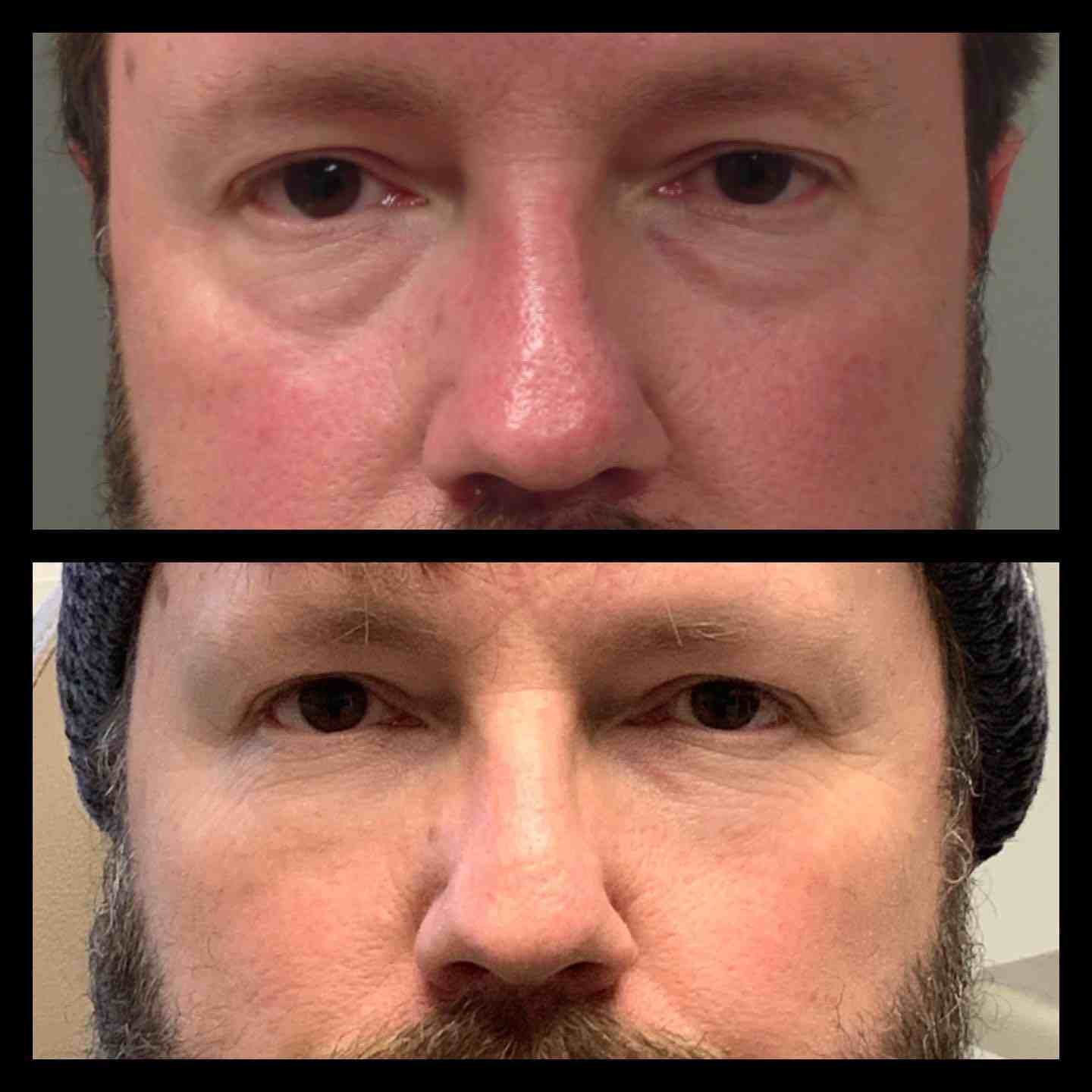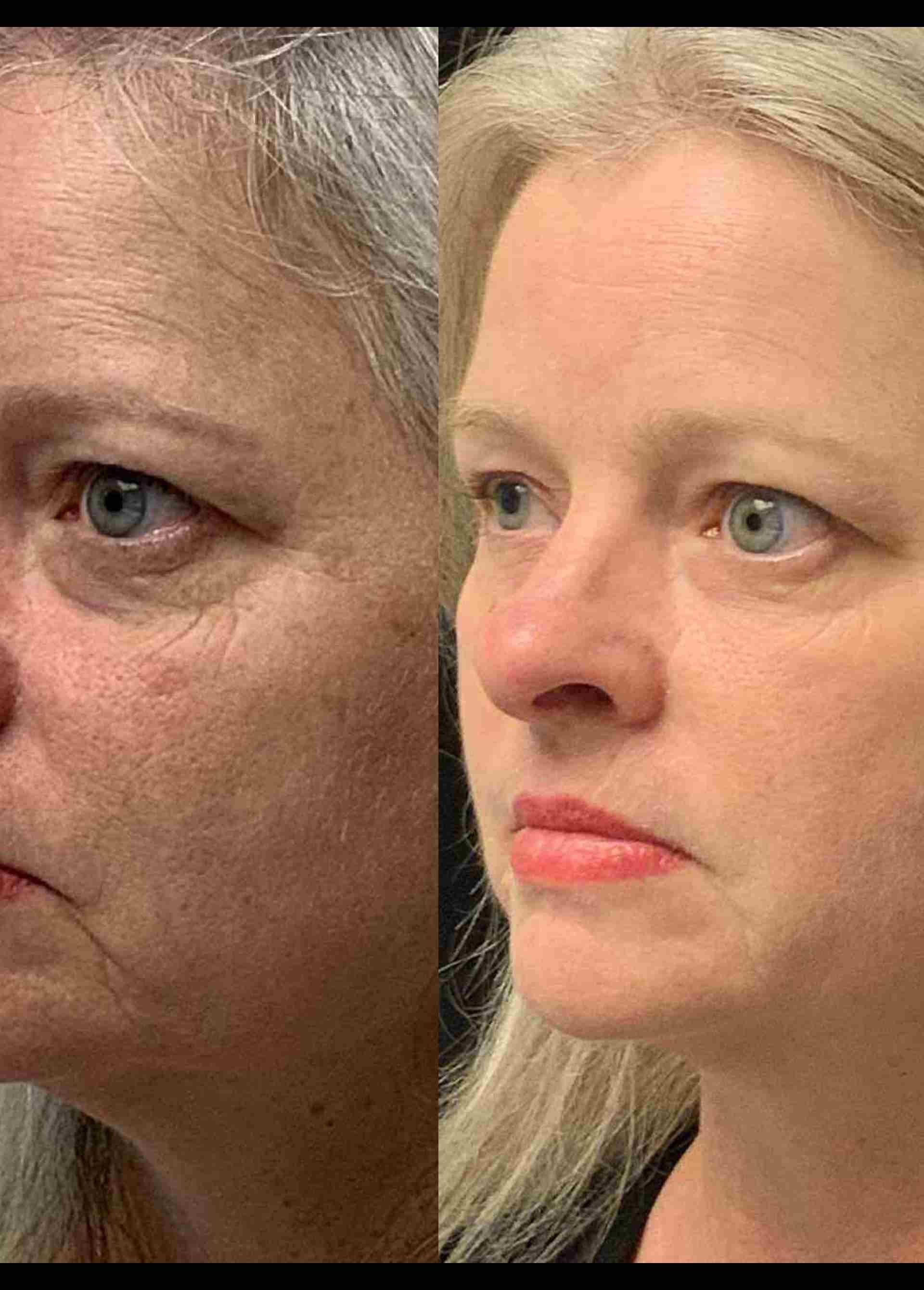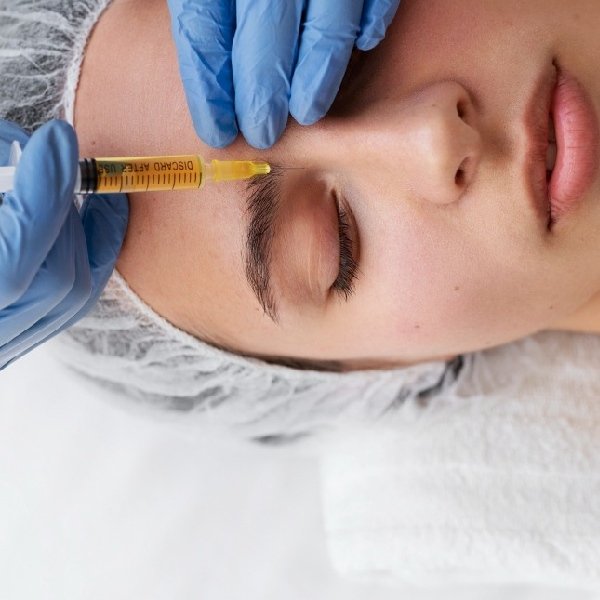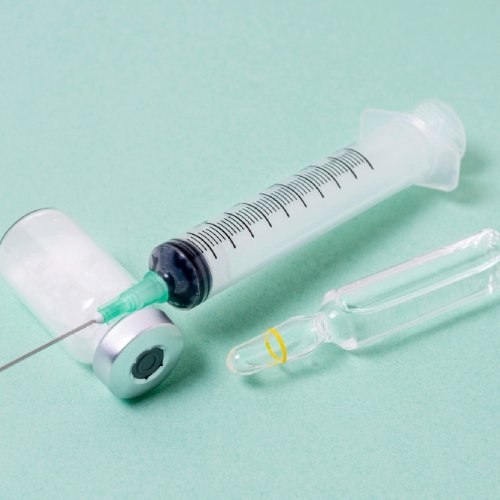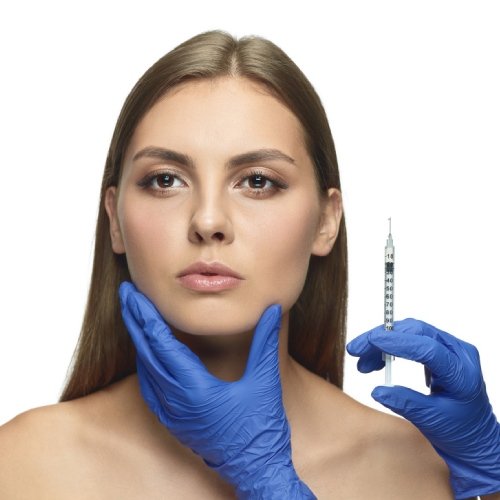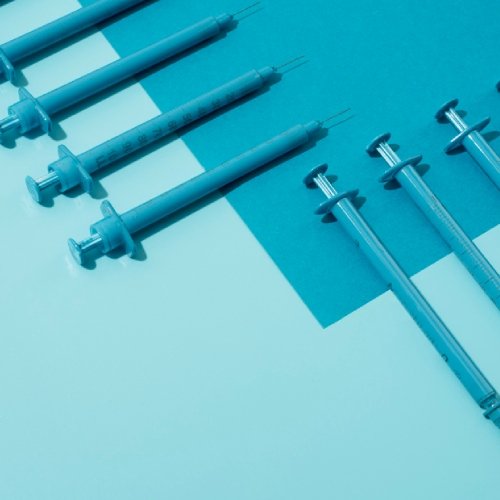Dermal Filler
0.5ml syringe: $500
1 syringe: $800-$900
1.5 syringes: $1,300
2 syringes: $1,500
3 syringes: $2,200
Dermal fillers are a popular non-surgical cosmetic treatment used to restore volume and enhance facial features. Fillers are made up of a gel-like substance that is injected beneath the skin to smooth out wrinkles, add volume to hollow areas, and enhance facial contours. There are many different types of dermal fillers available, each with its unique properties and benefits.
Some of the most common types of dermal fillers include hyaluronic acid fillers, calcium hydroxylapatite fillers, and poly-L-lactic acid fillers. Hyaluronic acid fillers, such as Juvederm and Restylane, are made from a substance naturally found in the body and are used to add volume to areas such as the cheeks, lips, and nasolabial folds. Calcium hydroxylapatite fillers, such as Radiesse, are used to stimulate collagen production and can be used to add volume to the cheeks, chin, and temples. Poly-L-lactic acid fillers, such as Sculptra, are used to stimulate collagen production and provide gradual results over time.
The dermal filler injection process is generally quick and minimally invasive. Before the treatment, the provider will clean and numb the treatment area. They will then use a fine needle to inject the filler into specific areas of the face. Most patients report feeling only mild discomfort during the injection process.
After the treatment, patients may experience some mild swelling, bruising, or redness at the injection site. However, these side effects are usually mild and resolve within a few days. The results of dermal fillers are usually visible immediately and can last anywhere from 6 months to 2 years, depending on the type of filler used and the area treated.
Dermal fillers are a safe and effective way to enhance facial features and achieve a more youthful appearance. However, it's important to choose a qualified provider and discuss any potential risks and side effects before undergoing treatment.
Dermal filler cost
0.5ml syringe: $500
1 syringe: $800-$900
1.5 syringes: $1,300
2 syringes: $1,500
3 syringes: $2,200

